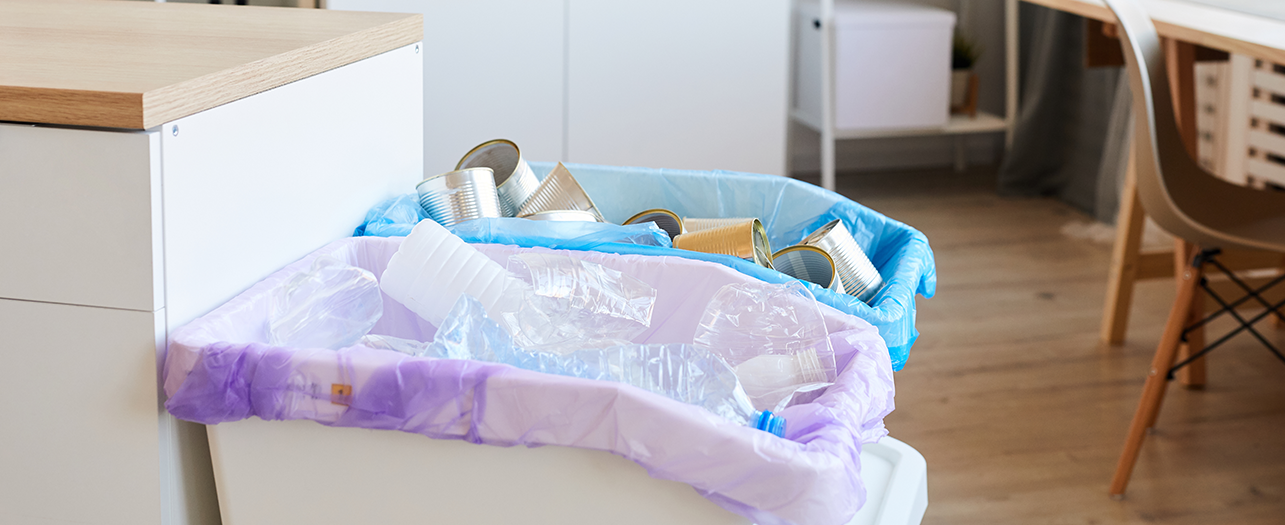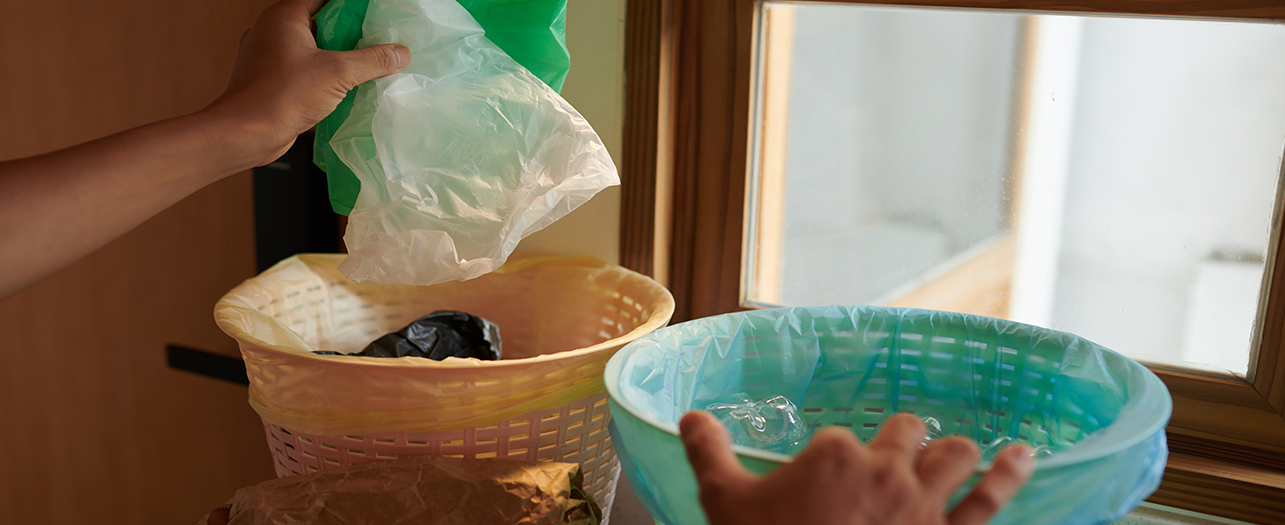Waste segregation is one of the core tenets of responsible waste management, and it's a practice that should begin at a domestic level. The UAE has been taking several steps to reduce landfill contribution and achieve a 100% recycling rate. These are ambitious goals, and they can only be achieved if every individual plays their part. Owing to a burgeoning population of immigrants and expats attracted to the UAE’s rapid urban growth, the UAE is facing a constantly increasing volume of waste generated per capita. As such, it is important for UAE households to support the government in its efforts to reduce landfill waste generation and indulge in waste segregation at source.
Distinguishing Between Wet Waste and Dry Waste
Before you start practicing waste segregation, it’s important to understand the difference between wet waste and dry waste and the kind of impact each type has on the environment. Wet waste is biodegradable, organic waste and can include anything from food scraps to garden trimmings. Such waste, when improperly disposed in landfills has a tendency to decompose and contaminate, making it hazardous.
Dry Waste, on the other hand, covers inorganic waste materials such as paper, plastic, glass and metals. Such waste, when improperly disposed can lead to clog ups in sewage systems and exacerbate contamination in landfills. It can also have harmful effects on the ecosystem, with stray animals, cattle and marine life facing endangerment.
Simple Waste Segregation Steps for Households
Start with two clearly labelled containers in the kitchen, one for dry waste and one for wet waste. Use small countertop bins for food scraps and a larger bin for dry recyclables. Rinse food-soiled containers if possible, and keep paper towels or compostable liners in the wet bin to reduce mess. Tie kitchen waste in biodegradable bags or use a sealed wet waste collection bin to minimise odour until collection day.
Segregation at source reduces sorting time for waste handlers and lowers the chance that recyclable material will be rejected. Encourage household members to learn basic categories (dry waste and wet waste) and make bin locations visible and convenient. For apartment buildings, designate shared wet and dry waste collection bins in service areas and ensure collectors follow segregation protocols.

Choosing the Right Bins
Investing in appropriate waste separation bins makes segregation easier and more consistent. Look for sturdy domestic dustbins with separate compartments, tight-fitting lids and clear labels. Wet and dry waste collection bins designed for households are available in compact sizes suitable for kitchens and balconies. POWER Bear’s range of domestic dustbins includes models with separate compartments and easy-to-clean liners, offering practical, long-lasting options for urban households.
Maintain Hygiene and Safety
Empty wet bins frequently, clean containers regularly and dry them before reuse. Keep sharp objects wrapped and place them in secure containers to prevent injury for collection crews. Avoid disposing of hazardous waste in regular bins; consult municipal guidelines for safe disposal routes. Proper maintenance of both wet and dry bins reduces pests and prevents unpleasant odours.
Benefits for Communities and Service Providers
When households adopt waste separation, municipal systems and recycling partners can operate more efficiently. Lower contamination rates make recycling facilities more productive, while composting facilities receive cleaner organic feedstock. This improves local waste management services with modest changes at the household level. Manufacturers and suppliers contribute by offering well-designed domestic solutions such as compartmentalised bins and compact composting options.
A Practical, Low-Friction Approach
Begin with simple, repeatable actions: a labelled bin for wet waste, another for recyclables, and short reminders for family members. For those who prefer ready-made solutions, many manufacturers offer colour-coded or compartmentalised waste separation bins that make daily compliance straightforward. POWER Bear offers compact waste separation bins tailored for kitchen use, designed to fit into small spaces while keeping segregation intuitive and low-effort.
Conclusion
Separating wet and dry waste at home is a manageable habit with tangible advantages. It preserves the quality of recyclables, enables composting of organic material, improves hygiene and supports more efficient waste management at community scale. Adopting sensible practices and using purpose-built waste separation bins can turn everyday disposal into a constructive contribution to cleaner streets and stronger recycling systems. Small choices at home add up; better segregation starts in the kitchen and benefits the whole community.


